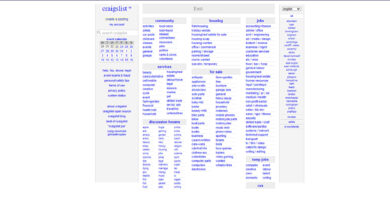15 Surprising Facts About Instagram You Need to Know
Instagram is one of the world’s most popular social media platforms, with over one billion active users. From its early beginnings as a simple photo-sharing app, Instagram has evolved into a powerful marketing tool and a global cultural phenomenon.
But how much do you really know about this iconic platform? In this article, we’ll take a deep dive into the world of Instagram and uncover 18 fascinating facts that will surprise and amaze you.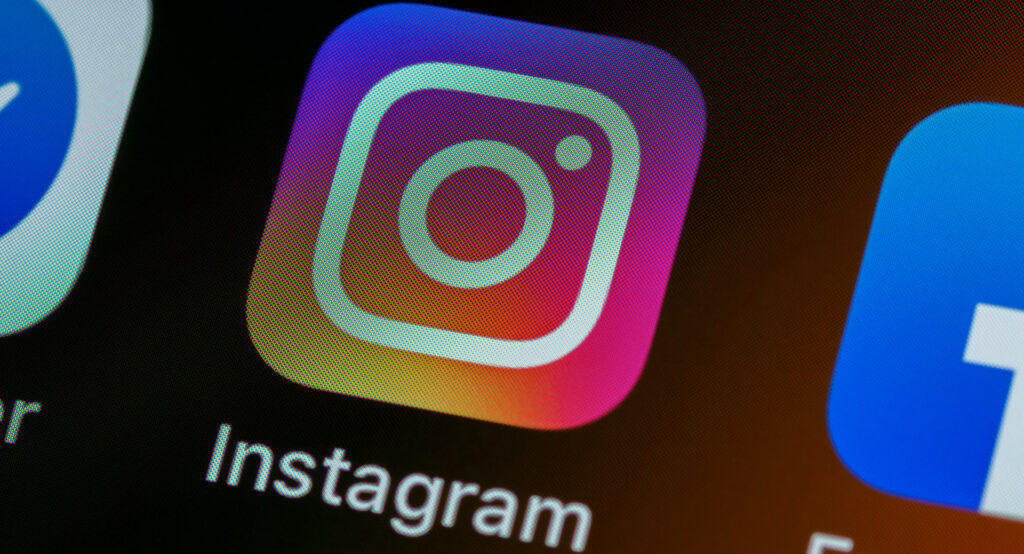
Instagram was launched in October 6th 2010 By Kevin Systrom and Mike Krieger.
1 As a photo-sharing social networking service. It quickly gained popularity and was acquired by Facebook in April 2012. Today, Instagram is one of the most popular social media platforms with over one billion monthly active users.
The app was initially called “Burbn,” and it was designed to be a location-based social network.
2 The app was designed to be a location-based social network that allowed users to check-in at various locations, make plans for future check-ins, earn points for hanging out with friends, and post pictures of their experiences.
However, after testing the app, Systrom and Krieger realized that the photo-sharing feature was the most popular aspect of the app. So they decided to pivot the focus of the app to be a photo-sharing platform, and they renamed it “Instagram”. The rest, as they say, is history.
Instagram was acquired by Facebook in April 2012 for $1 billion.
3 At the time, it was one of the largest tech acquisitions in history. The acquisition allowed Facebook to expand its reach and add a popular mobile platform to its suite of products. Since the acquisition, Instagram has continued to grow in popularity and has become a key part of Facebook’s overall business strategy.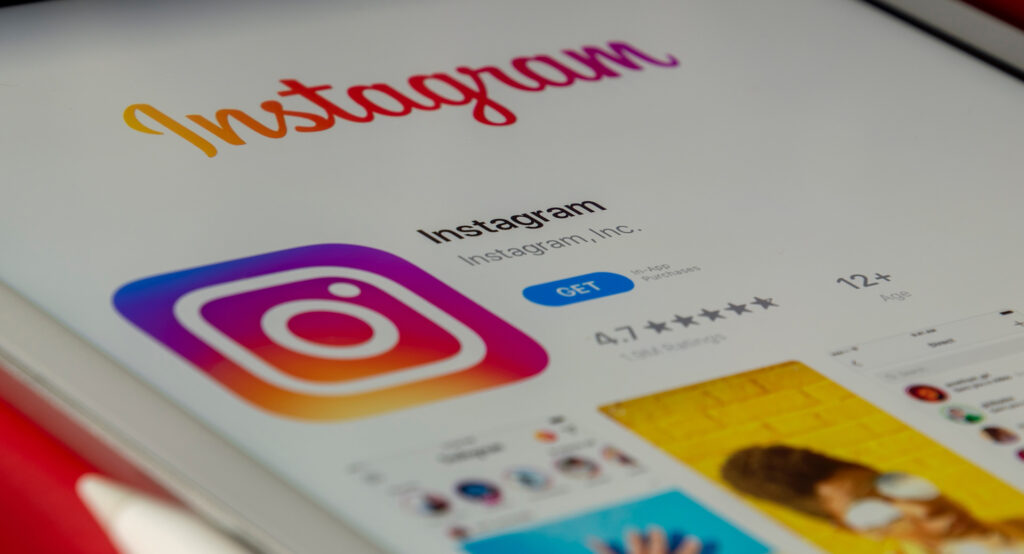
In 2013, Instagram introduced the ability to upload videos, expanding its capabilities beyond just photos.
4 The feature allowed users to upload videos up to 15 seconds in length, with filters and editing tools available to enhance the content. This was a significant move for Instagram, as it allowed users to create more dynamic and engaging content, and it also helped the platform to compete with other video-sharing platforms like Vine and YouTube.
Since then, Instagram has continued to add new features, such as Stories, IGTV, Reels, and more, making it one of the most versatile and popular social media platforms available today.
Instagram Stories were launched in 2016, allowing users to share temporary photos and videos that disappear after 24 hours.
5 This feature was a significant departure from Instagram’s traditional approach of focusing on permanent content and provided users with a new way to share more casual and ephemeral moments with their followers. Instagram Stories quickly became popular and helped to further solidify Instagram’s position as one of the leading social media platforms.
Since then, Instagram has continued to innovate and expand its features, with new additions like IGTV, Reels, and more, keeping users engaged and the platform relevant.
The most-followed Instagram account as of 2023 is @instagram, the platform’s official account.
6 With over 400 million followers, This is not surprising as it is the official account for the platform and serves as a hub for news, updates, and features. However, it’s possible that in the future, the most-followed Instagram account may change as the platform continues to evolve and new trends emerge.
The original Instagram logo, which was used from the platform’s launch in 2010 until May 2016, featured a brown and tan camera with a rainbow stripe on it.
7 The logo was designed to be a throwback to vintage cameras and was intended to convey a sense of nostalgia and creativity. However, in 2016, Instagram underwent a major redesign, which included a new logo. The new logo features a simplified camera graphic in shades of pink, purple, and orange, and was designed to be more modern and vibrant.
Since then, Instagram has continued to refine its branding and design elements, with occasional updates to its logo and visual identity.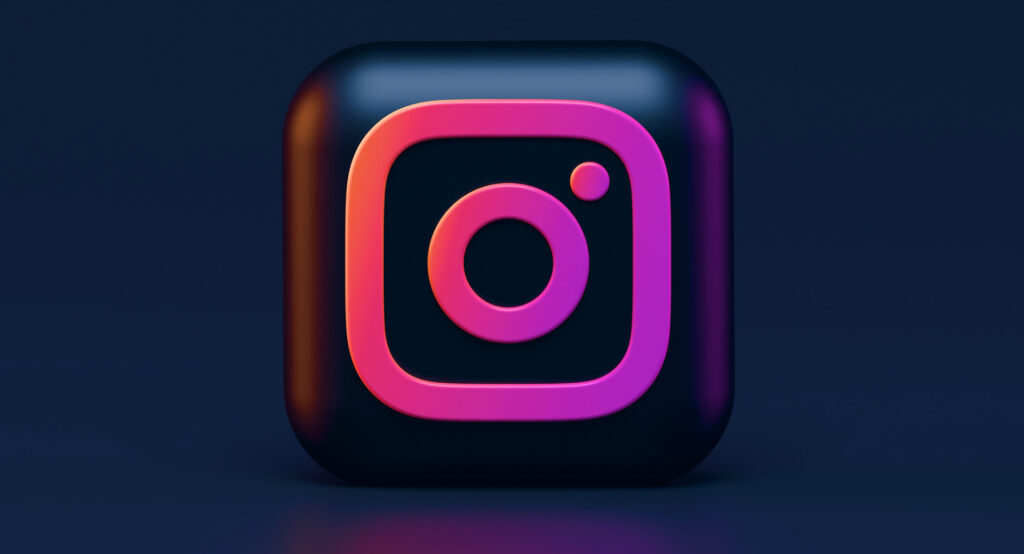
Instagram has a “shadow ban” policy, which limits the visibility of certain posts if they violate community guidelines or appear to be spam.
8 When a post is shadow banned, it still appears on the user’s account and can be seen by their followers, but it doesn’t show up in hashtag search results or in the Explore tab, which can limit its reach and visibility.
Instagram’s shadow ban policy is intended to help prevent spam and inappropriate content from spreading on the platform, and it is one of several tools that the platform uses to enforce its community guidelines. However, the policy has been somewhat controversial, with some users alleging that they have been unfairly targeted by the practice. Instagram has stated that it only applies the shadow ban policy to content that violates its guidelines, and that it works to ensure that the practice is applied fairly and consistently across the platform.
Instagram has a feature called “Explore” that recommends content based on a user’s interests and search history.
9 When users tap on the magnifying glass icon on the bottom menu bar of the app, they are taken to the Explore page, which is a collection of posts and videos that are tailored to their individual preferences.
The Explore feature uses machine learning algorithms to analyse user behaviour, such as the posts they like, the accounts they follow, and the hashtags they use, to suggest content that is likely to be of interest to them. In addition to personalized recommendations, the Explore page also features curated content from Instagram’s editorial team, which can help users discover new accounts and trends.
Overall, the Explore feature is a key part of Instagram’s user experience, helping to keep users engaged with the platform and discover new content that they might not have found otherwise.
The platform is particularly popular among younger users, with 71% of Instagram users under the age of 35.
10 According to data from the Pew Research Centre in 2021, 71% of Instagram users in the United States are under the age of 35, with the largest group of users aged 18-29. This demographic skew is likely due in part to the platform’s visual nature and focus on creative expression, which appeals to younger users who grew up with digital technology and social media.
This younger demographic also makes Instagram an attractive platform for advertisers and brands, who can use the platform to reach a highly engaged audience of potential customers. However, it’s important for advertisers and brands to understand the preferences and behaviours of Instagram’s user base in order to create effective marketing campaigns that resonate with this demographic.
Instagram has a “like” button that allows users to show their appreciation for a post.
11 When a user taps the like button on a post, the heart icon turns red, and the user’s name is added to the list of people who have liked the post. The number of likes a post receives can be an important measure of its popularity and can influence its visibility in the platform’s algorithms.
In addition to the like button, Instagram also has several other interactive features that allow users to engage with posts, such as commenting, sharing, and saving. These features help to foster a sense of community on the platform and can be a powerful tool for building relationships and promoting engagement. However, they can also be abused by spammers or users who violate Instagram’s community guidelines, which is why the platform has implemented various measures to prevent abuse and ensure that the platform remains a safe and enjoyable place for all users.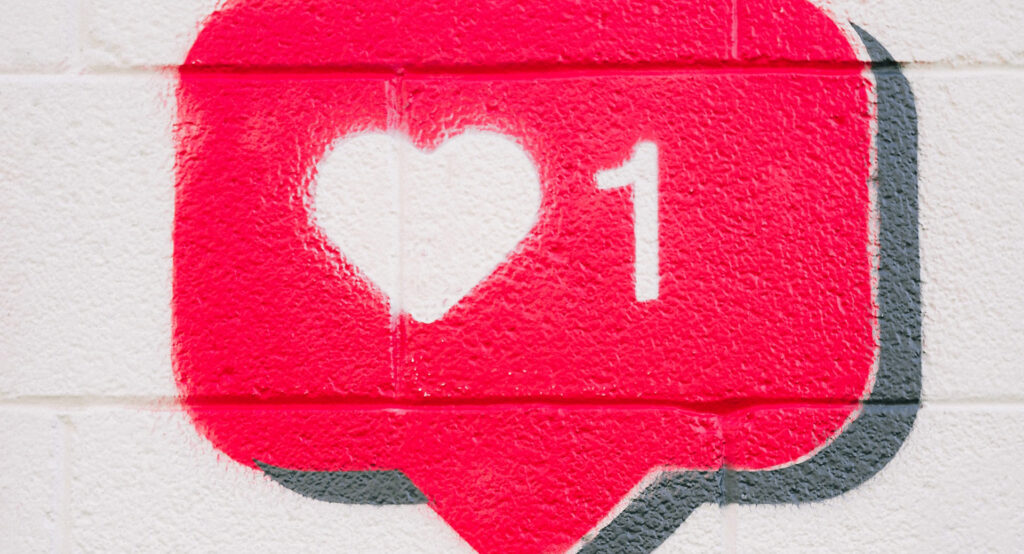
In 2019, Instagram began testing a feature that hides the number of likes on posts in several countries, including Australia, Brazil, Canada, Ireland, Italy, Japan, and New Zealand.
12 The goal of this test was to reduce the pressure and anxiety that can result from the popularity contest of likes, and to encourage users to focus on creating and sharing content that is meaningful to them, rather than chasing likes or trying to keep up with others.
Under this new system, users can still see the number of likes on their own posts, but other users cannot see the number of likes. Instead, they see a message that says “liked by [username] and others” without a specific number attached to it. This allows users to continue to receive feedback and validation for their posts, while reducing the emphasis on popularity and competition.
The hiding of likes feature has been controversial and has sparked a debate about the impact of social media on mental health and self-esteem. While some users have welcomed the change as a positive step towards a healthier social media environment, others have criticized it as a potential threat to the authenticity and transparency of the platform.
Instagram’s algorithm prioritizes content that receives a high level of engagement, including likes, comments, and shares.
13 The algorithm is designed to show users content that is most relevant and interesting to them, based on their past behaviour on the platform, such as the accounts they follow, the posts they like, and the hashtags they use.
When a user interacts with a post, such as by liking, commenting, or sharing it, it sends a signal to Instagram that the post is engaging and interesting. This signal can help to boost the post’s visibility and reach, as the algorithm will be more likely to show it to other users who may also find it interesting.
However, the algorithm also takes into account other factors beyond engagement, such as the timeliness and relevance of the content, the user’s relationship with the account that posted the content, and the overall quality of the content. This means that even if a post receives a lot of engagement, it may not necessarily be shown to all users, or it may not be shown at the top of their feed.
Understanding how the Instagram algorithm works can be important for businesses and content creators who want to maximize their visibility on the platform. By creating high-quality, engaging content and fostering meaningful relationships with their followers, they can increase their chances of being seen by a wider audience and growing their presence on the platform.
Instagram has a feature called “Reels” that allows users to create short-form video content, similar to TikTok.
14 With “Reels,” users can add music, filters, and other special effects to their videos, as well as use various editing tools to make their content more engaging and entertaining. This feature is similar to TikTok, which has become incredibly popular for its short-form video format and editing capabilities. Instagram’s introduction of “Reels” is seen as a way for the platform to compete with TikTok and attract younger users who enjoy creating and sharing short-form video content.
Instagram, like many other social media platforms, has faced criticism for its potential negative impact on mental health, particularly among young users.
15 Some studies have suggested that excessive social media use, including Instagram, can contribute to anxiety, depression, and low self-esteem, as users may feel pressure to present a perfect and curated image of themselves online. This pressure to create and maintain a perfect image can lead to feelings of inadequacy and self-doubt, as well as a fear of missing out (FOMO) on experiences shared by others on the platform.
To address these concerns, Instagram has implemented various measures aimed at promoting a more positive and healthy user experience. For example, the platform has introduced features like the “You’re All Caught Up” notification to encourage users to take a break from scrolling and limit their social media use. Additionally, Instagram has implemented policies to combat cyberbullying and hate speech, which can also contribute to negative mental health outcomes.
Overall, while social media platforms like Instagram can have negative effects on mental health, it is important to recognize that the impact can vary widely depending on individual factors and patterns of use. It is recommended that users approach social media use with mindfulness and balance, and seek support if they feel that their mental health is being negatively impacted by their use of the platform.




